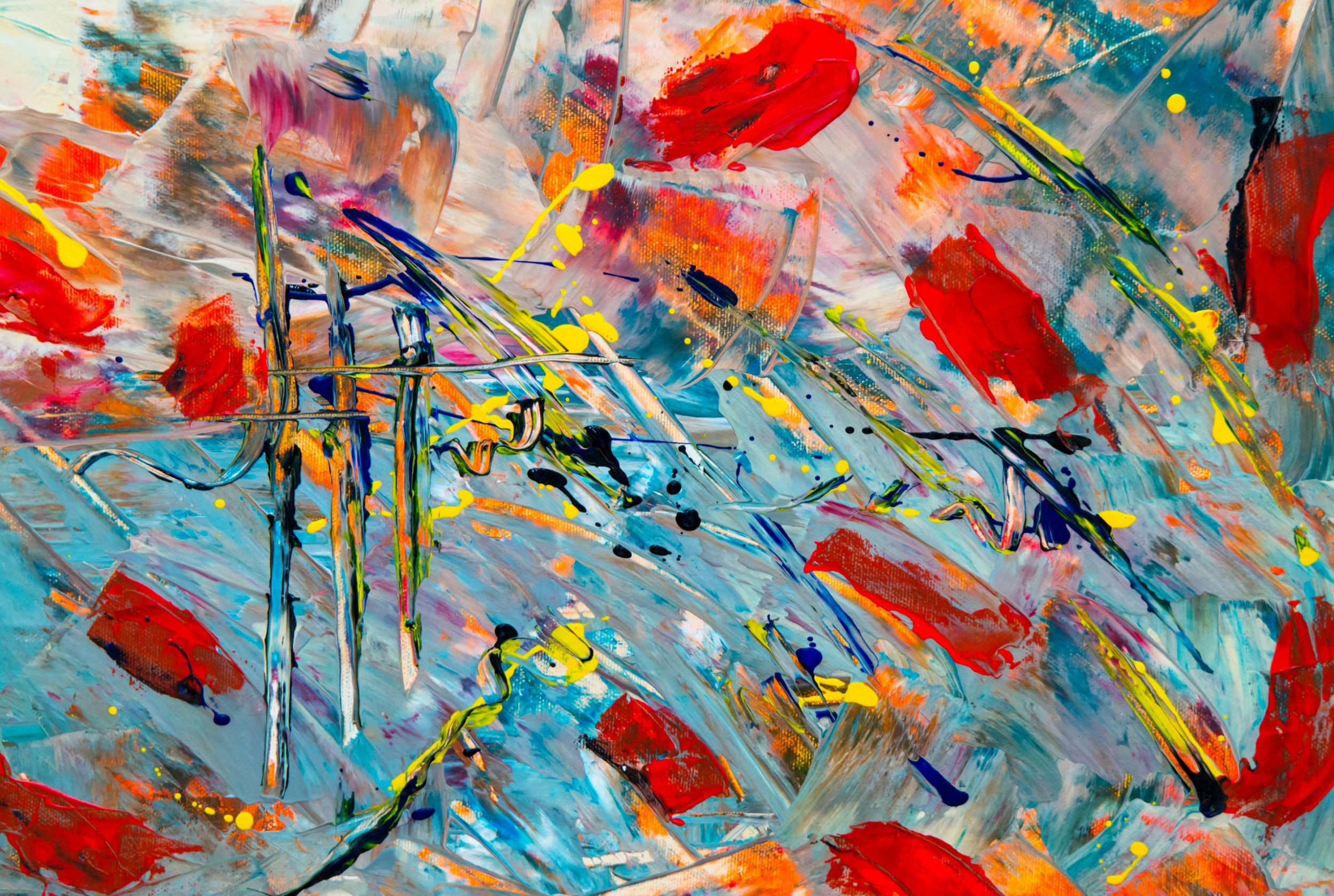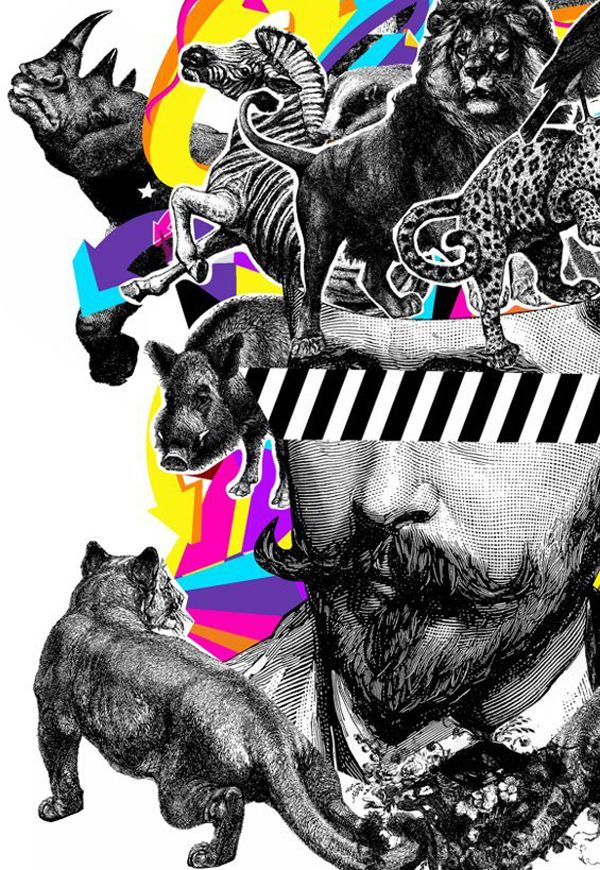Pop art has been a significant art movement since the mid-20th century, with its roots tracing back to the 1950s in the United States and the United Kingdom. Characterized by its bold colors, popular culture references, and use of everyday objects, pop art has continued to evolve and adapt to the changing times. In this article, we will explore the evolution of pop art in modern times and how it has remained relevant in the digital age.
The Origins of Pop Art
Pop art emerged in response to the dominant art movements of the time, such as abstract expressionism and minimalism. Artists like Andy Warhol, Roy Lichtenstein, and Richard Hamilton were at the forefront of the pop art movement, using mass-produced imagery from popular culture to create their art. These artists sought to blur the boundaries between high art and popular culture, challenging traditional notions of what art could be.
The Pop Art Revival
While pop art had its heyday in the 1960s, the movement has seen a revival in recent years. Contemporary artists like Takashi Murakami, Jeff Koons, and Banksy have drawn inspiration from pop art, infusing their own style and techniques into the genre. Pop art has also made its way into mainstream culture, with brands like Apple and Coca-Cola using pop art-inspired designs in their marketing campaigns.
Pop Art in the Digital Age
In the age of social media and digital technology, pop art has found a new platform for expression. Artists are using digital tools and software to create pop art that is both visually striking and thought-provoking. Platforms like Instagram and Pinterest have allowed artists to reach a wider audience and connect with art enthusiasts from around the world.
Many contemporary pop artists are also exploring new mediums and techniques, incorporating video, animation, and interactive elements into their work. This multimedia approach to pop art has created a dynamic and immersive experience for viewers, blurring the lines between art, technology, and popular culture.
The Influence of Technology on Pop Art
Technology has played a significant role in shaping the evolution of pop art in modern times. Artists are using cutting-edge tools like virtual reality, augmented reality, and 3D printing to push the boundaries of traditional art forms. These technologies have allowed artists to create innovative and interactive pop art experiences that engage viewers in new and exciting ways.
Virtual reality and augmented reality have also opened up new possibilities for how pop art is experienced and appreciated. Viewers can now immerse themselves in a digital world of pop art, exploring different perspectives and interpretations of the artwork. This level of interactivity and engagement has redefined the way we think about art and its impact on society.
The Future of Pop Art
As we look towards the future, it is clear that pop art will continue to thrive and evolve in response to the changing times. Artists will continue to experiment with new technologies and techniques, pushing the boundaries of what is possible with pop art. The influence of popular culture, technology, and social media will continue to shape how pop art is created, consumed, and shared with the world.
Overall, pop art remains a vibrant and relevant art movement in modern times. Its ability to adapt and evolve with the times is a testament to its enduring appeal and influence on the art world. As we embrace the digital age and all it has to offer, pop art will continue to captivate and inspire artists and art enthusiasts alike for years to come.

